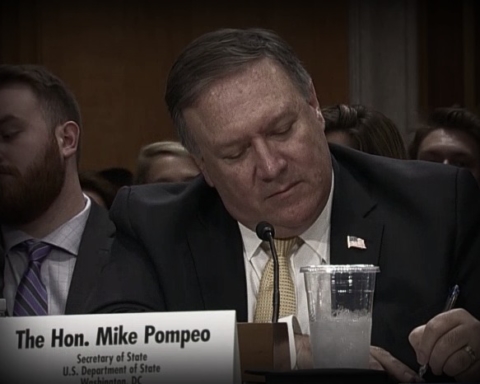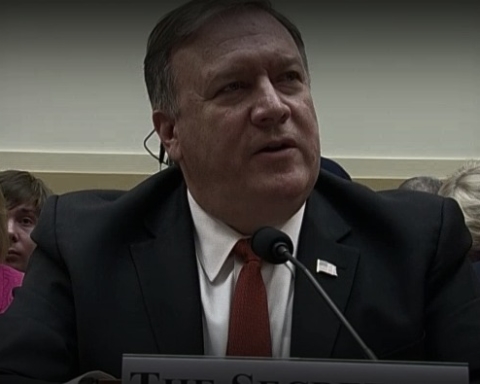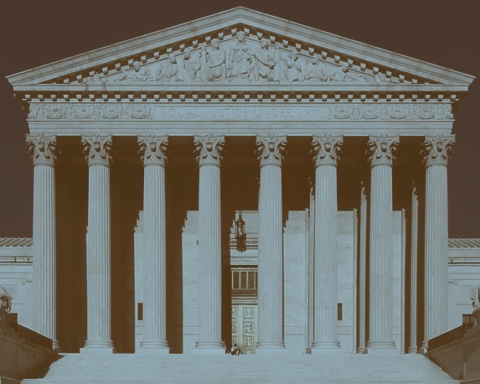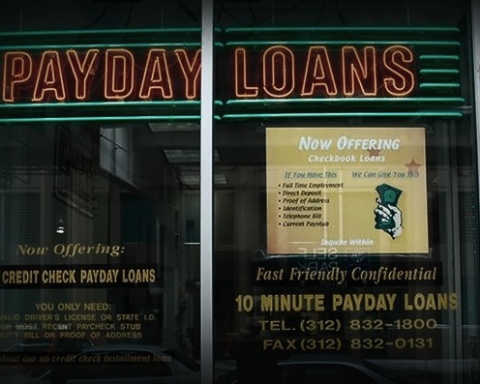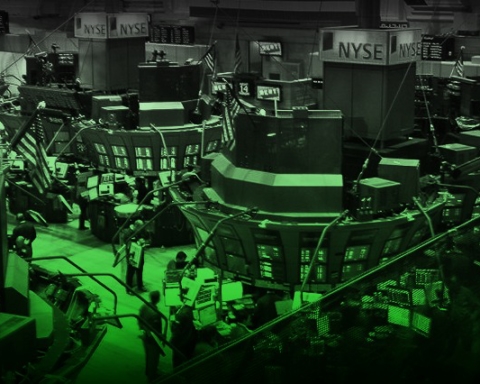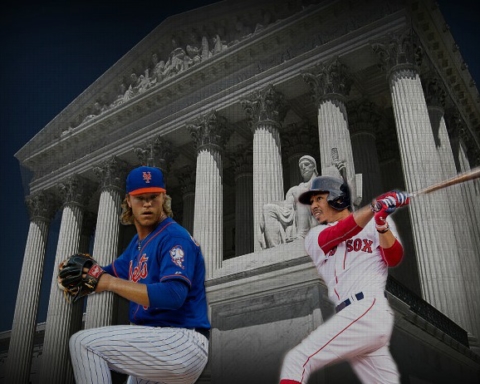Another tightening of credit markets is just around the corner, according to Federal Reserve Bank of St. Louis President James Bullard.
Bullard said Thursday that the Fed is likely to soon hike interest rates for the second time in months, despite signaling last week that it had grown more concerned about global economic developments.
“The relatively minor downgrades… suggest that the next rate increase may not be far off provided that the economy evolves as expected,” Bullard said.
On March 16, the Fed announced after a regular meeting that it would move against raising the Federal Funds rate. In a statement, the central bank’s Federal Open Market Committee (FOMC) said “global economic and financial developments continue to pose risks,” and that inflation should stay “low in the near term, in part because of earlier declines in energy prices.”
In December, the FOMC had hiked the range of the Federal Funds rate, from 0-0.25 percent to 0.25-0.50 percent. It was the time since 2006 that the central bank raised the crucial benchmark, which determines the cost of wholesale borrowing and lending.
At the start of this year, after financial markets were roiled by economic woes in China and the precipitous drop in oil prices, that decision received increased scrutiny. In a Feb. 10 hearing before the House Financial Services Committee, Fed Chair Janet Yellen said that she was fully aware of the instability, but did not expect it to impact long-term projections. She said in her opening statement that “economic conditions will evolve in a manner that will warrant only gradual increases in the federal funds rate.”
When the FOMC met in March, however, it released quarterly projections that reflected newfound anxiety. FOMC members believed that the Federal Funds rate would be at 0.9 at the end of 2016. The same projection in December was 0.5 percentage points higher, at 1.4 percent.
Bullard’s statement on Thursday demonstrated something of a shift in his own outlook. In February, he said it would be “unwise” to stay on course for future hikes “in an environment of declining market-based inflation expectations.”

